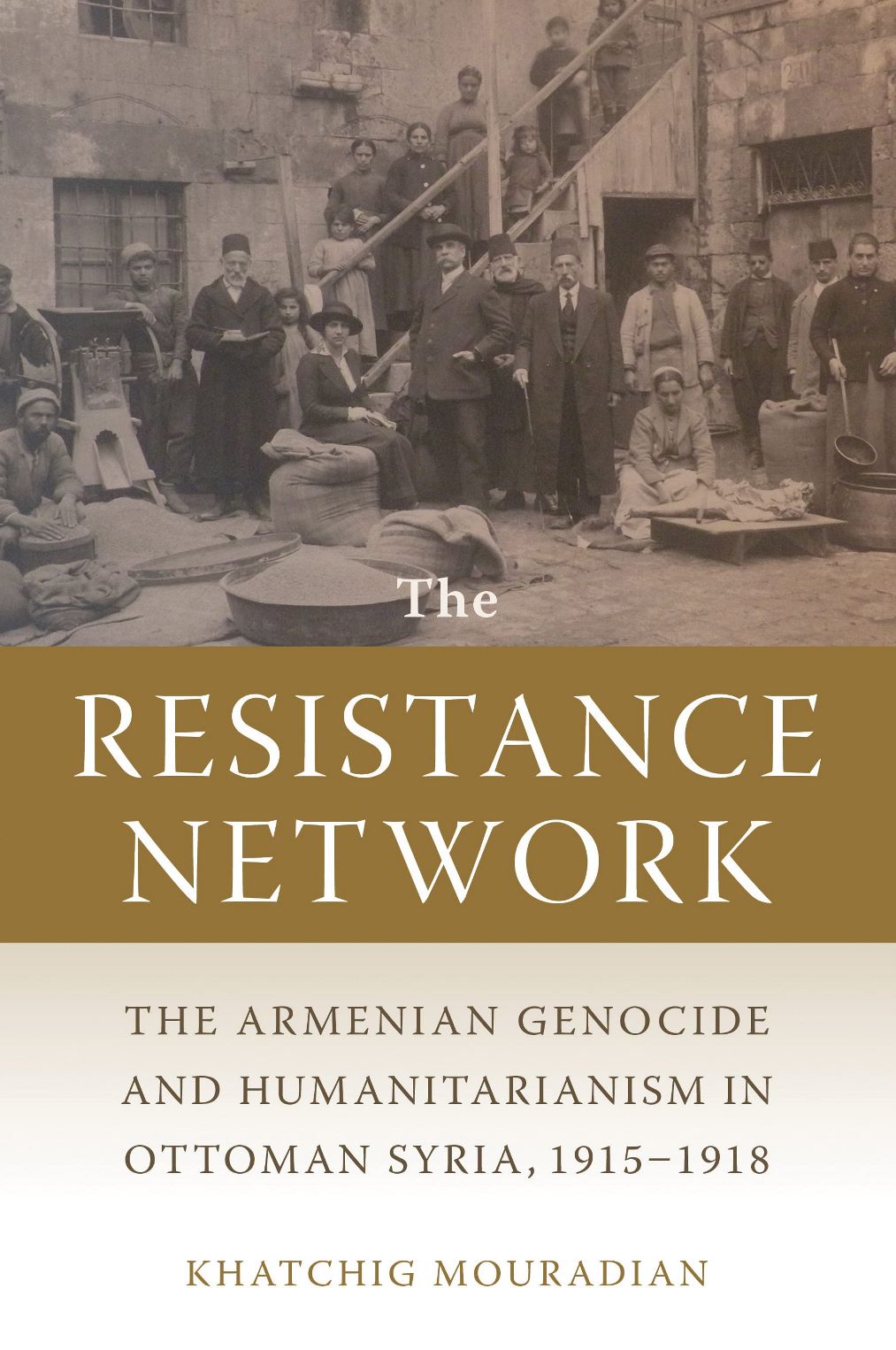Texts and Studies in Armenian History, Society and Culture
Purpose
The purpose of the TSAHSC is the publication in English of high-quality primary and secondary sources pertaining to Armenian Studies.
TSAHSC Subject Areas
- Unpublished book-length studies in the English language in the domain of Armenian Studies (including revised PhD dissertations)
- English translations of medieval Armenian historical and literary texts
- English language-anthologies of historical documents pertaining to Armenia and/or the Armenians
- English translations of modern Armenian literature from the late 18th century onward (single works or anthologies)
- English translations of important works in Armenian Studies published in other languages (including collections of articles on a particular issue)
- Volumes of collected articles on a particular topic in Armenian Studies (including edited versions of conference proceedings)
- Volumes of collected articles by prominent Armenian Studies scholars (including works published originally in English and/or English translations of works published in other languages)
- Bibliographies on important topics in Armenian Studies
- College-level textbooks in various disciplines related directly to Armenian Studies
Editorial Board
Ara Sanjian (series editor), University of Michigan-Dearborn
Kevork Bardakjian, University of Michigan, Ann Arbor
Armine Ishkanian, London School of Economics
Dickran Kouymjian, California State University, Fresno
Sergio La Porta, California State University, Fresno
Simon Payaslian, Boston University
Gayane Shagoyan, Institute of Ethnography and Archeology, Armenian National Academy of Sciences
Ronald Suny, University of Michigan, Ann Arbor
Khachig Tölölyan, Wesleyan University
Associate members of the Board
Alice Nigoghosian
Gerald Ottenbreit Jr.
For inquiries regarding the submission of manuscripts for consideration in the TSAHSC series, please write to the series editor Ara Sanjian.

Khatchig Mouradian The Resistance Network: The Armenian Genocide and Humanitarianism in Ottoman Syria, 1915-1918, Lansing: Michigan State University Press, 2021.
Khatchig Mouradian’s The Resistance Network is the first volume of the new series Texts and Studies in Armenian History, Society and Culture. The Resistance Network is the history of an underground network of humanitarians, missionaries, and diplomats in Ottoman Syria who helped save the lives of thousands during the Armenian Genocide. Khatchig Mouradian challenges depictions of Armenians as passive victims of violence and subjects of humanitarianism, demonstrating the key role they played in organizing a humanitarian resistance against the destruction of their people. Piecing together hundreds of accounts, official documents, and missionary records, Mouradian presents a social history of genocide and resistance in wartime Aleppo and a network of transit and concentration camps stretching from Bab to Ras ul-Ain and Der Zor. He ultimately argues that, despite the violent and systematic mechanisms of control and destruction in the cities, concentration camps, and massacre sites in this region, the genocide of the Armenians did not progress unhindered—unarmed resistance proved an important factor in saving countless lives.
